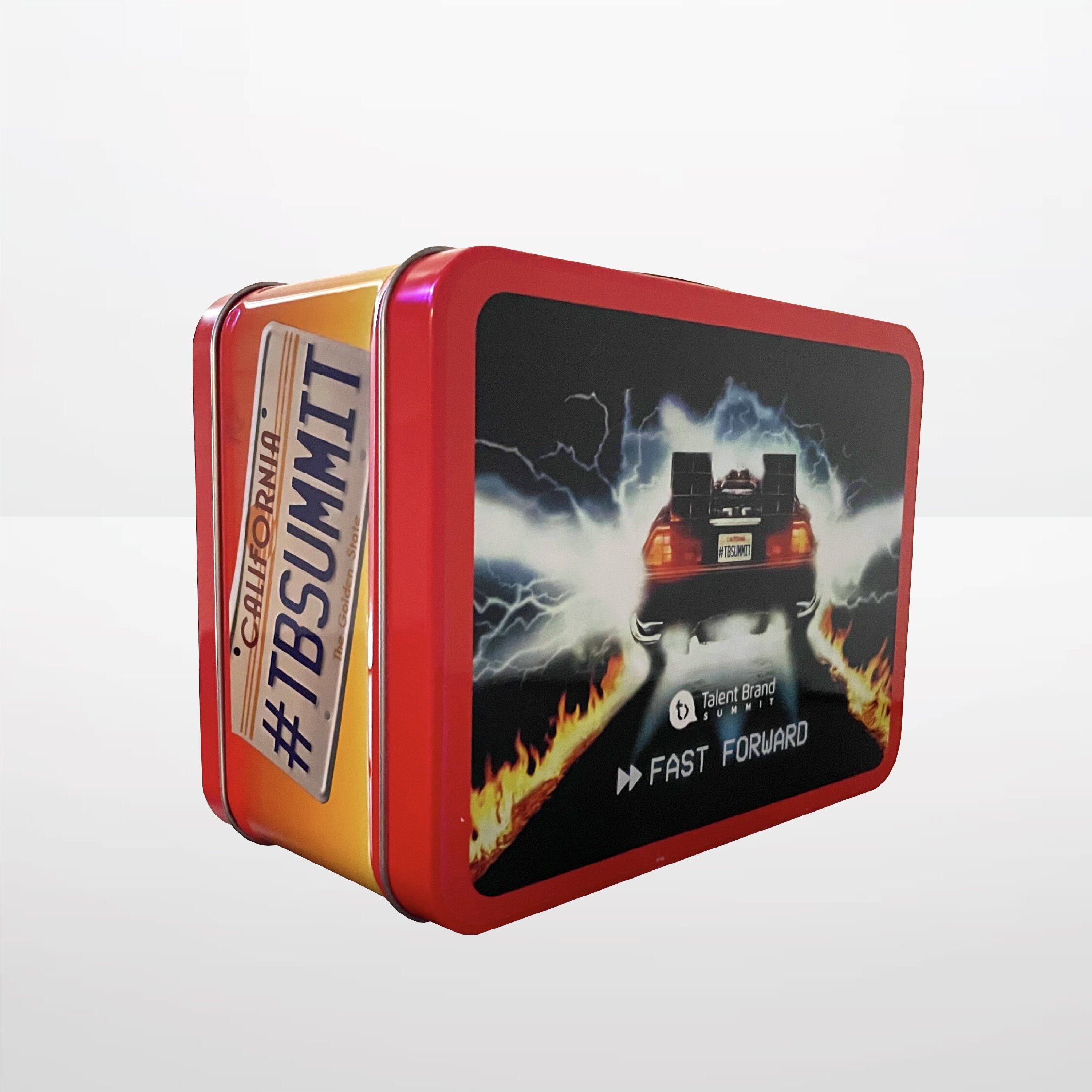Proactive talent
The UX, UI, front-end development, and visual design work for the Proactive Talent recruiting startup and its clients
From July 2019 - January 2022, I worked at Proactive Talent as their Senior Designer. During this time, I was responsible for designing and building their company website, the careers sites of their clients, and various operational, marketing, and recruiting visual assets.
Website redesign
The service pages live on the website weren’t converting, so one of my larger assignments was to re-design and build these pages.
I ended up completely overhauling the old design for something clean, responsive, and interactive. With three buckets of services, Talent Attraction service pages follow a blue theme, Hiring service pages follow a green theme, and D&I pages follow a teal theme. These colors pull from the brand guide.
The result was 9 service overview pages, a case study landing page, and blog listing page coded from scratch (with HTML and CSS), save for the navigation, header, and footer elements. These pages incorporate scroll-based animations, interactive components, and hover-states.
With these new designs, the site saw an increase in user visits by 161% and form submissions by 903%.

Graphic Designs
Banners, social media graphics, and one pager design work to support marketing & sales
Client web designs
Uber
The design of this fresh careers site was a collaborative effort between myself as head designer and the Proactive Talent content strategist team. We worked closely together on page flow, body copy, and section components as they related to the overall EVP, designed to best sell Uber as an employer to candidates as well as met the aesthetic “big change” they were after. Page flow needed to be built like a story with deliberate copy.
Biweekly meetings with the Uber talent attraction team ensured we were aligned, on schedule, and delivering up to par with expectations. Uber provided links to careers sites of other companies that they liked, which I was then able to study to design uniquely Uber webpages that provide the need-to-know content in a solid web-browsing experience. Pages were also designed to be built in Uber’s custom CMS, Chameleon.
I started my design process by analyzing the big components of Uber Careers’ layout. I took note of gaps, where some opportunities may be for a shift in visual direction, and where some more important blocks may be better highlighted and make better use of page realty.
I also studied examples of careers sites that Uber liked; namely Spotify and WeTransfer, as well as other internal Uber site styles they wanted to cater more to with this new design. I saw the similarities between the provided resources were elements like full page width modules, large images, and sections that occupy a whole page fold (where no two separate sections shared the same screen space).
I marked up a screenshot of the existing page with notes of elements that weren’t delivering. The text and layout design were uninspired, and did not make people want to read and engage. Visuals needed to be as important as the content, so the tiny icons featured in some sections weren’t going to cut it. Everything needed to be on the same brand and pointing back to the idea that Uber is a company of world-changing innovators who are driven and passionate about their work and impact.
Visual design inspiration
Taking Uber-design inspiration from their Elevate, Mission & Values, and Go Get pages, visual motifs I wanted to include were black/white color divisions, full-width page blocks, and the iconic Uber arrow. This arrow’s significance is highlighted in the Uber EVP playbook as it pushes forward, and is a core visual elements that holds great potential in the web UX space. It even lives in the physical space at the Uber office in the form of projected time-based, typographic art.
This arrow element could be used to denote new sections, enlarged for section breaks, and button link actions.
Tech limitations
One of the technical constraints of designing webpages for Uber was that all of their webpages are built within their custom CMS, Chameleon. Each webpage then is visually limited by the design limitations of their stack-based block system, where pages are built by stacking pre-built, customizable modules. Custom HTML blocks were not an option, and blocks were confined to stack vertically, with no horizontal/side-by-side block placement. With these limitations in mind, I had to validate that each wireframe was buildable within this CMS.
Each of the wireframes I delivered to Uber were attached with a file that delivered directions on how I saw the design being built in Chameleon so that their basic blocks could be manipulated to create enhanced designs previously thought to be unfeasible.





































































